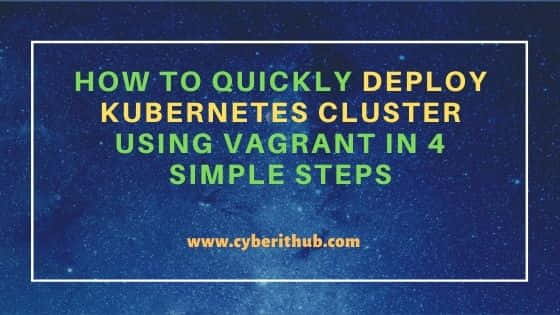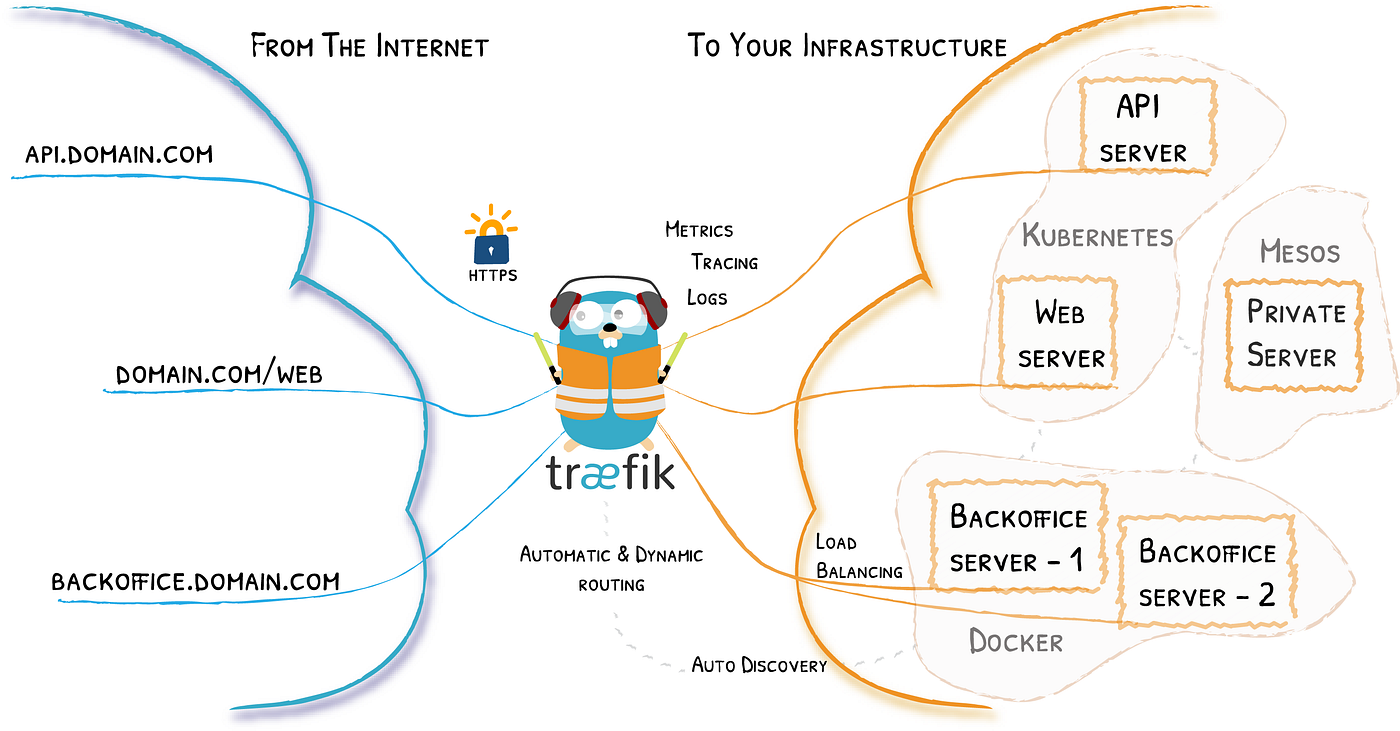
On all three (or more if you chose to do more nodes) of the servers we’ll need to get the OS setup to be ready to handle our kubernetes deployment via kubeadm. Change this as you need if you need to secure your environment more than I have in my home lab. Remember the nodes will run your containers so the amount of RAM you need on those is dependent upon your workloads.Īlso, I’m logging in as root on each of these nodes to perform the commands. To begin the setup, deploy three CentOS 7 servers into your environment and be sure that the master node has 2 CPUs and all three servers have at least 2 GB of RAM on them. One virtual machine will be the Kubernetes master server where the control plane components will be run and two additional nodes where the containers themselves will be scheduled. This post will walk through the deployment of Kubernetes version 1.13.2 (latest as of this posting) on three CentOS 7 virtual machines.
#Kubeadm centos 7 vagrant how to
I found several articles on how to do this but somehow I got off track a few times and thought another blog post with step by step instructions and screenshots would help others.

Therefore, I set out to deploy k8s in my vSphere home lab on some CentOS 7 virtual machines using Kubeadm. Also, from a learning perspective, there is no greater way to learn the underpinnings of a solution than having to deploy and manage it on your own. While these hosted solutions provide additional features such as the ability to spin up a load balancer, they also cost money every hour they’re available and I’m planning on leaving my cluster running. peer-trusted-ca-file=/etc/etcd/ca.I’ve been wanting to have a playground to mess around with Kubernetes (k8s) deployments for a while and didn’t want to spend the money on a cloud solution like AWS Elastic Container Service for Kubernetes or Google Kubernetes Engine. peer-key-file=/etc/etcd/kubernetes-key.pem \ peer-cert-file=/etc/etcd/kubernetes.pem \ We will need two tools on the client machine: the Cloud Flare SSL tool to generate the different certificates, and the Kubernetes client, kubectl, to manage the Kubernetes cluster. If you don’t have a Linux desktop, you can use the HAProxy machine to do the same thing. I will use my Linux desktop as a client machine to generate all the necessary certificates, but also to manage the Kubernetes cluster. This range will be 10.30.0.0/16, but it is only internal to Kubernetes.
#Kubeadm centos 7 vagrant install
To prepare for Kubernetes, you need to install RHEL 7 or RHEL Atomic Host. We also need three Kubernetes master nodes. Container Development Kit (CDK): The CDK provides Vagrantfiles to launch the.

We will assign the IP 10.10.10.93 to this machine. The first machine needed is the machine on which the HAProxy load balancer will be installed.

How to run Local Openshift Cluster with Minishift. The machines will all be configured on the same network, 10.10.10.0/24, and this network needs to have access to the Internet. vagrant box list centos-7.6 (libvirt, 0) centos/6 (libvirt, 1803.01) centos/7 (libvirt, 1803.01) Other articles: How to extend/increase KVM Virtual Machine (VM) disk size.

Install and configure a multi-master Kubernetes cluster with kubeadm | dockerlabs Star Fork Watch Follow Install and configure a multi-master Kubernetes cluster with kubeadm Docker - Beginners | Intermediate | Advanced View on GitHub Join Slack Docker Cheatsheet Docker Compose Cheatsheet Install and configure a multi-master Kubernetes cluster with kubeadm Prerequisitesįor this lab, we will use a standard Ubuntu 16.04 or 18.04 installation as a base image for the seven machines needed.


 0 kommentar(er)
0 kommentar(er)
